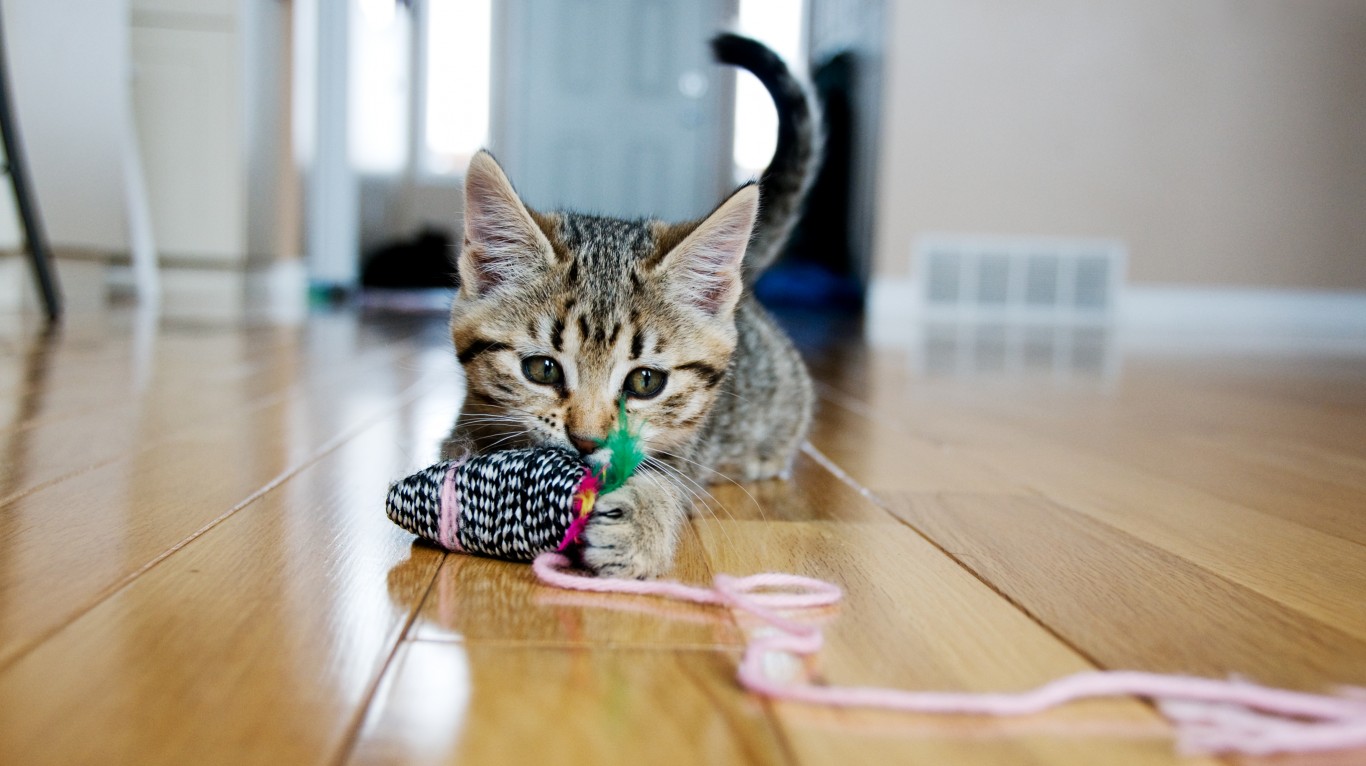
Cats are the second most popular pets in America after dogs, according to the American Veterinary Medical Association. More than 30 million households have at least one. (These are the states with the most cats as pets.)
While cats may not be as high maintenance as dogs – they don’t need to be walked, for example, and are generally more self-sufficient – they do have to be fed and cared for, and are prone to certain medical conditions.
Unless you’re going for a rare trophy breed, cats are generally inexpensive to buy – and the opportunities to get a kitten for free are multitude. Acquiring the animal is just the beginning, however. To determine the true cost of owning a cat, 24/7 Tempo reviewed How Much Does It Cost To Own A Cat In 2022 on the cat information platform All About Cats.
Costs are broken down into three categories: one-time expenses, annual expenses, and potential medical expenses. Depending on the cat’s needs, the annual cost can range from a couple of hundred dollars to several thousand or more.
One-time expenses, some of which are optional, include collars, clippers, and carriers, which range in price from $3 (for a basic collar) to $200 (for a high-end carrier). Annual expenses range more widely. For example, you can feed a cat for less than $100 a year or you can spend more than $2,500.
Pet insurance is optional and you could pay hundreds of dollars in premiums every year without ever having to make a claim. However, some people take the view that it’s better to have it and not need it than to need it and not have it.
The bills can really stack up when it comes to medical expenses, which makes insurance look like an attractive option. Depending on the cat’s condition, treatment can cost many thousands of dollars. However, prevention is always better than cure and some of the costs under the previous headings, including vaccinations and tick and worm treatments, should help keep down the medical bills. (These are the most common health problems in cats and how they are treated.)
Click here to see the true cost of owning a cat
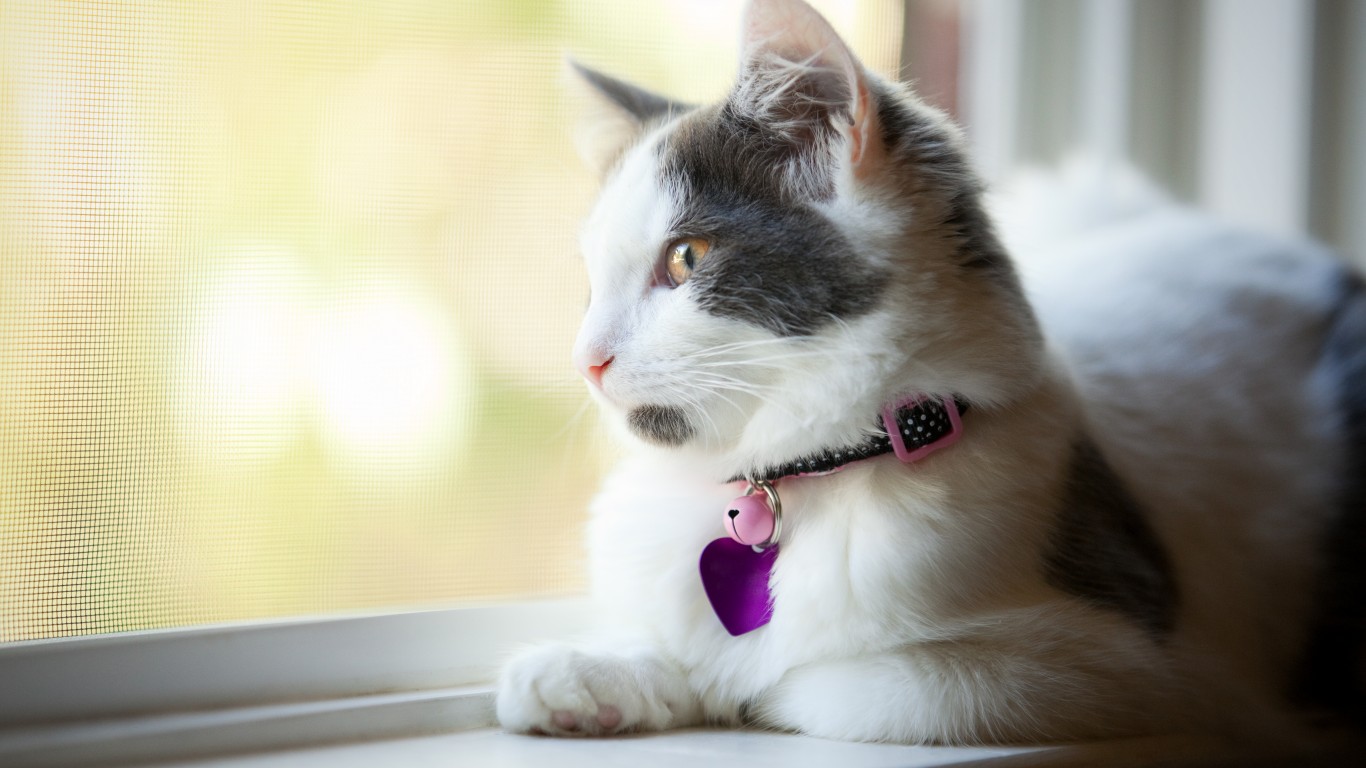
ID Tag and collar
> Cost: $15
[in-text-ad]

Spay/neuter
> Cost: $145

X-ray
> Cost: $100 – $250
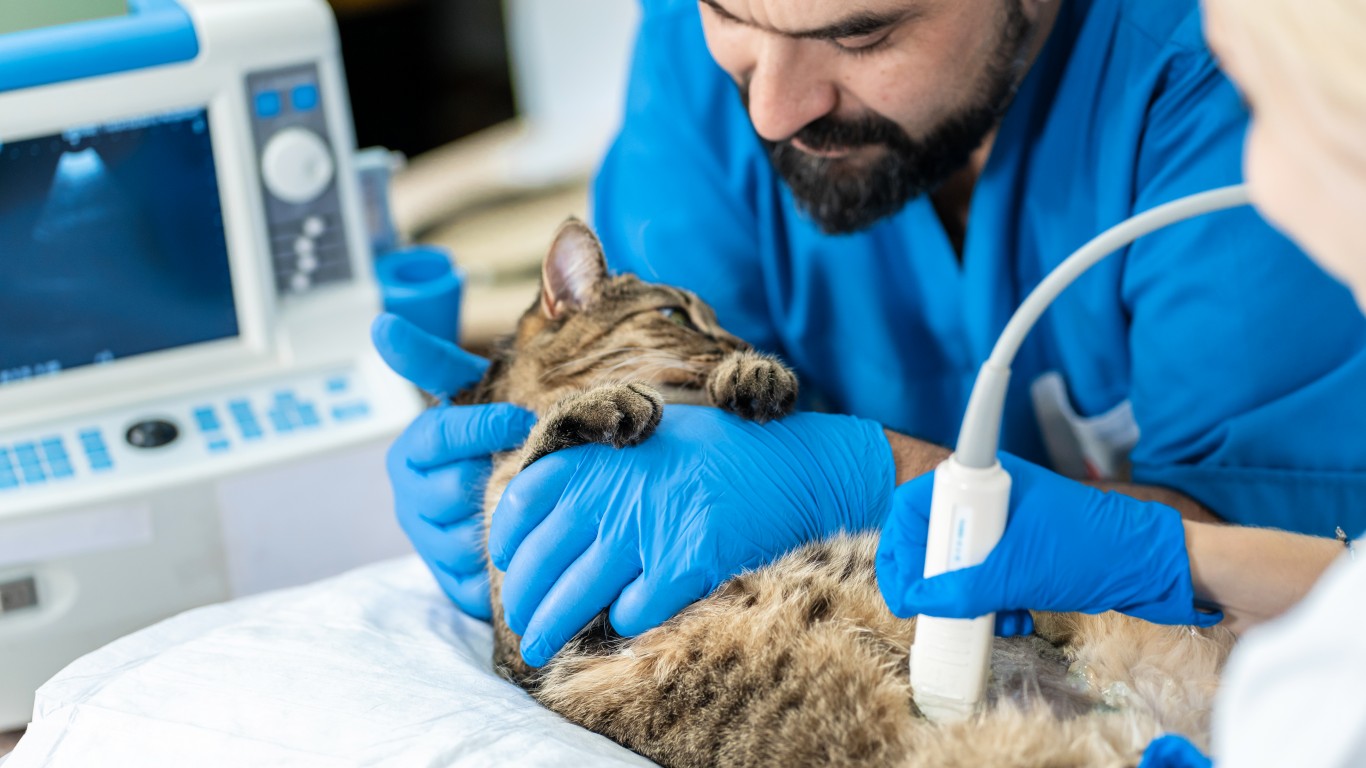
Ultrasound
> Cost: $250-$500
[in-text-ad-2]

Microchip
> Cost: $45-$55

Teeth cleaning
> Cost: $150-$300
[in-text-ad]
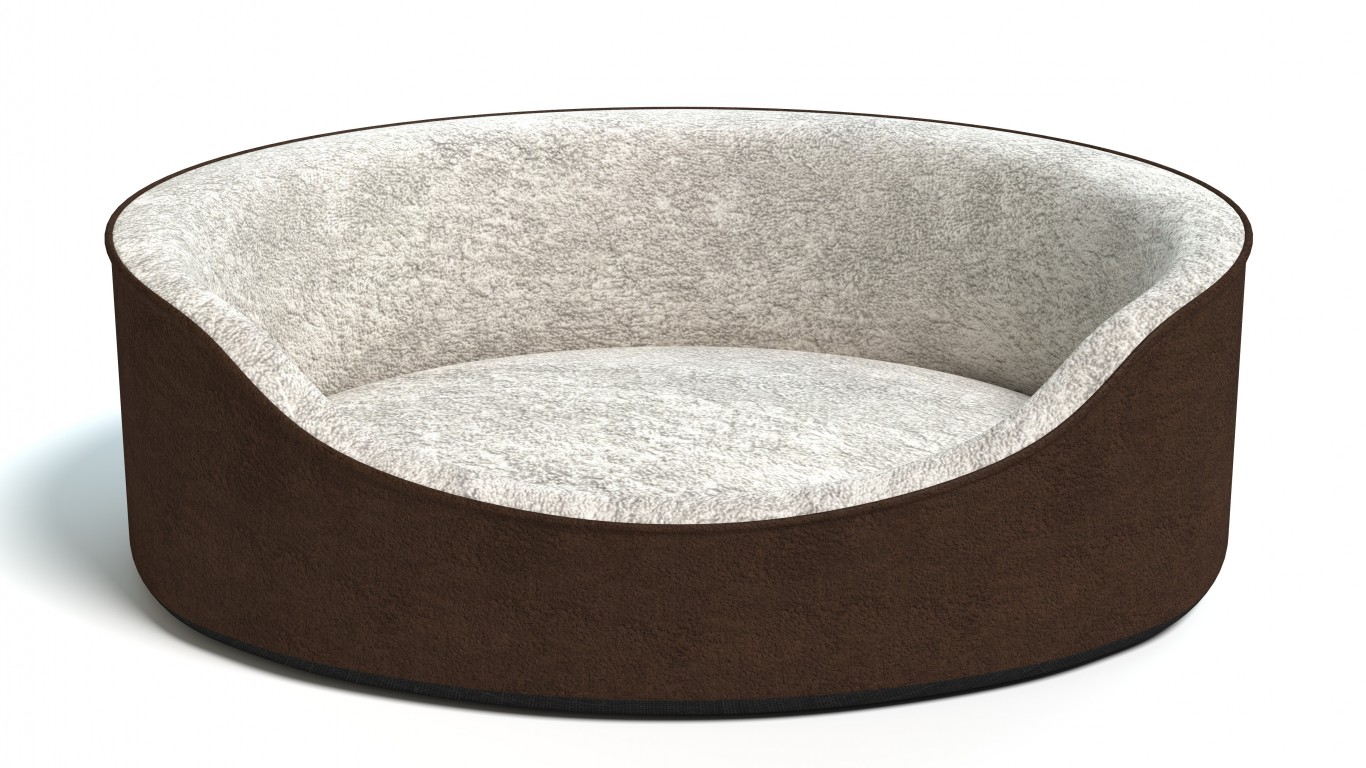
Bed
> Cost: $30

Cat tree
> Cost: $75

Nail clipper
> Cost: $7
[in-text-ad-2]

Brush
> Cost: $8
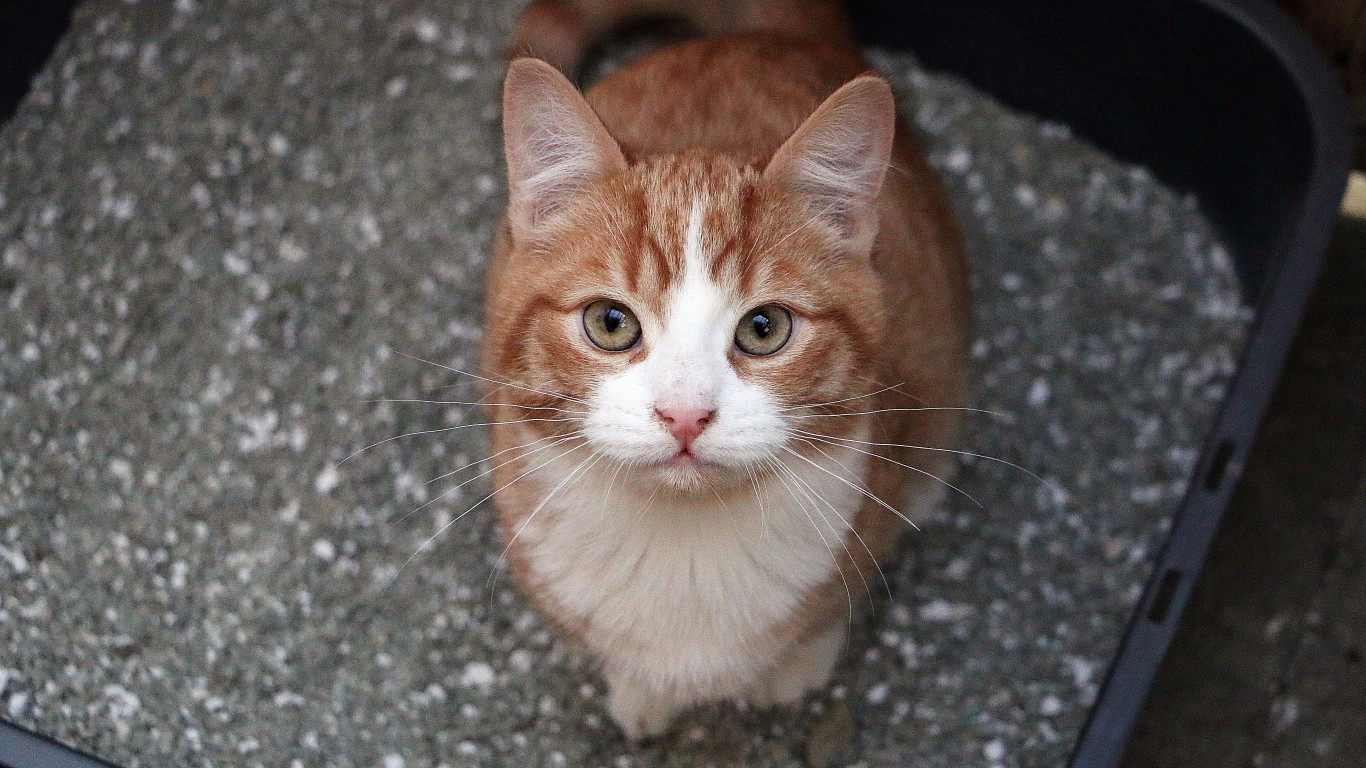
Litter box
> Cost: $25
[in-text-ad]
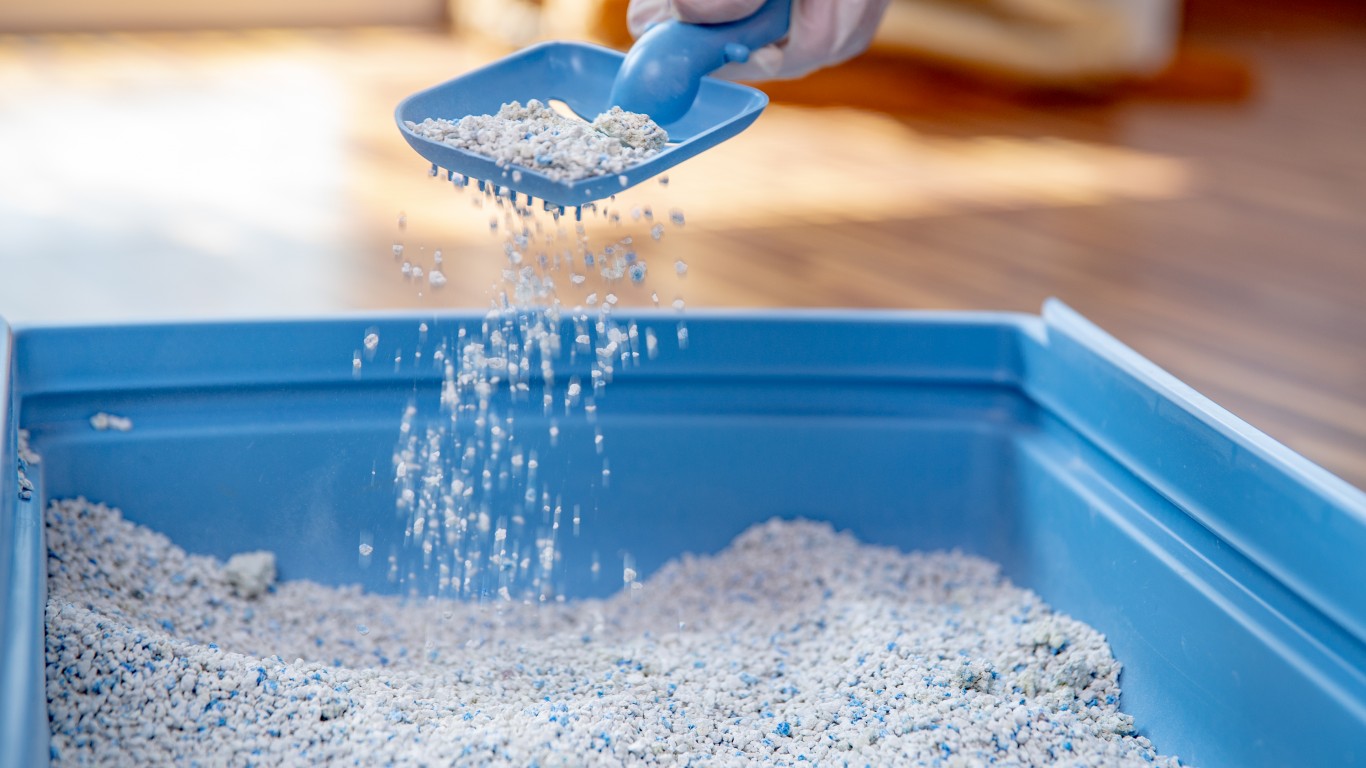
Litter scoop
> Cost: $10

Scratching post
> Cost: $30

Carrier
> Cost: $40
[in-text-ad-2]

Food and water bowls
> Cost: $10
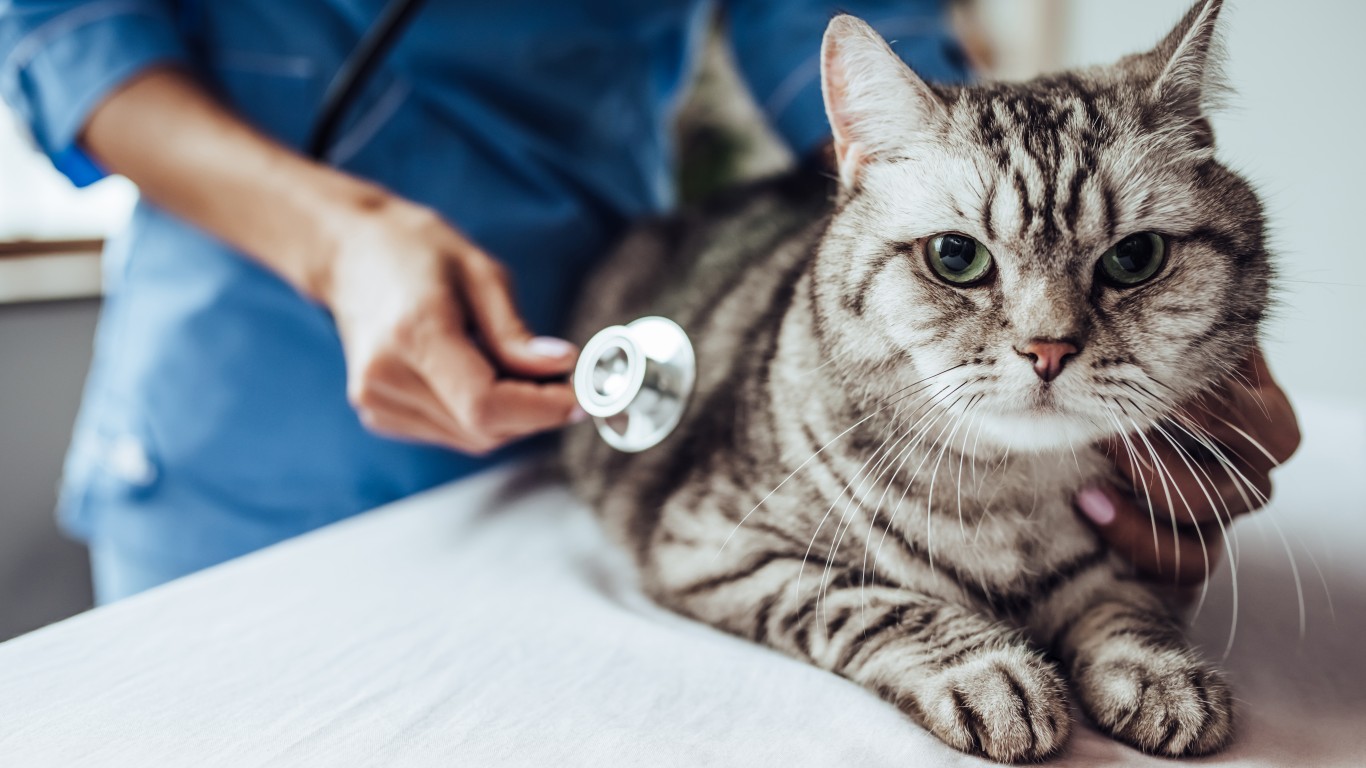
Check-ups
> Cost: $40-$55 per visit
[in-text-ad]

Dental care
> Cost: $0-$500 per year

Vaccinations
> Cost: $0-$50 per year

Treatments (fleas, ticks, worms, mites)
> Cost: $0-$60 per year
[in-text-ad-2]

Pet insurance
> Cost: $0-$583 per year
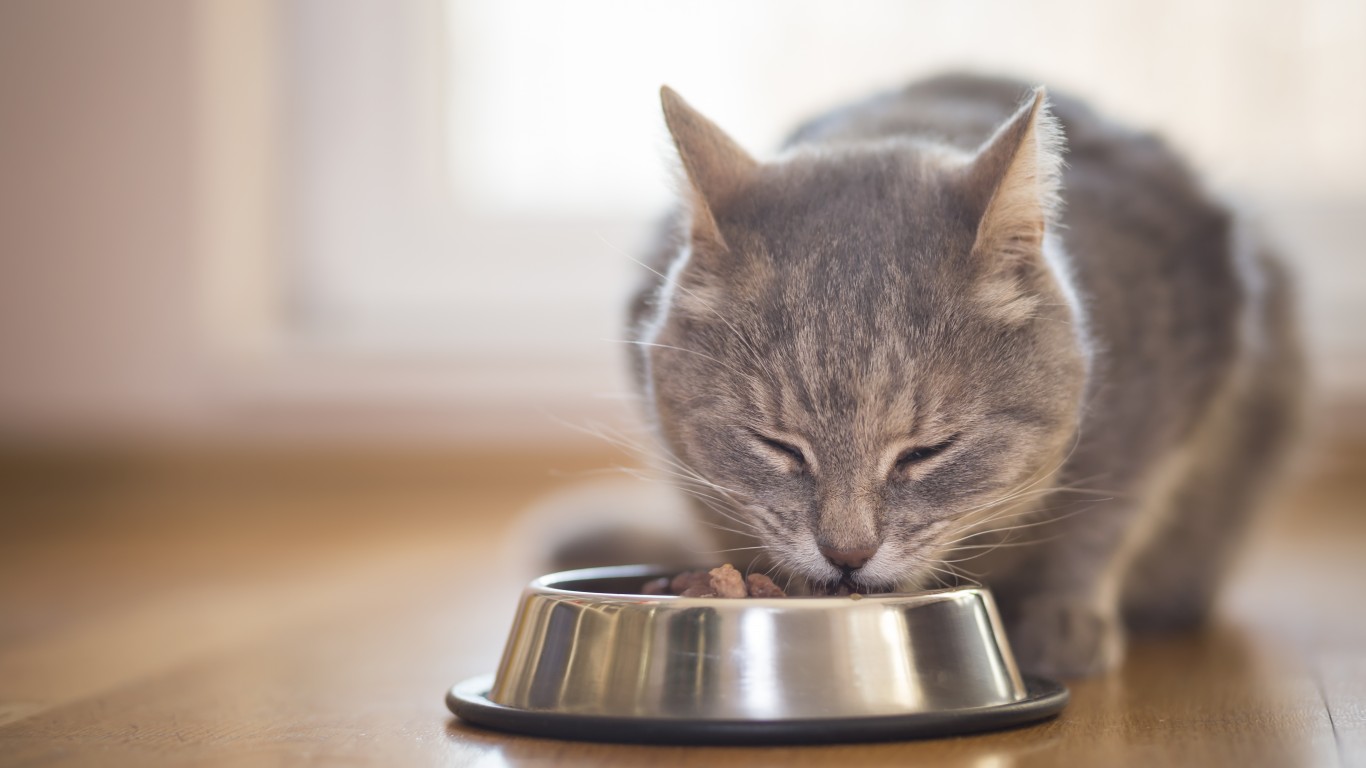
Food
> Cost: $90-$2,520 per year
[in-text-ad]
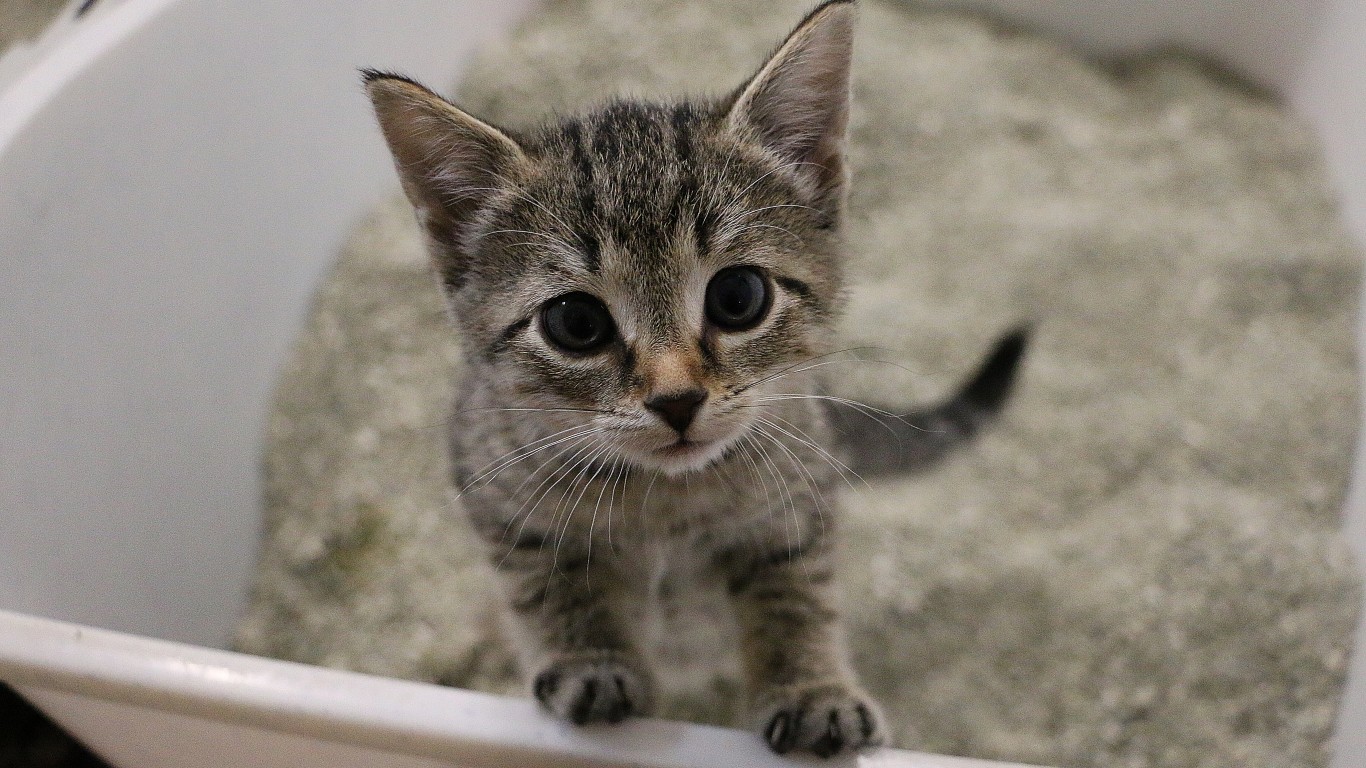
Bathroom supplies
> Cost: $72-$240 per year

Fun and games
> Cost: $0-$200 per year
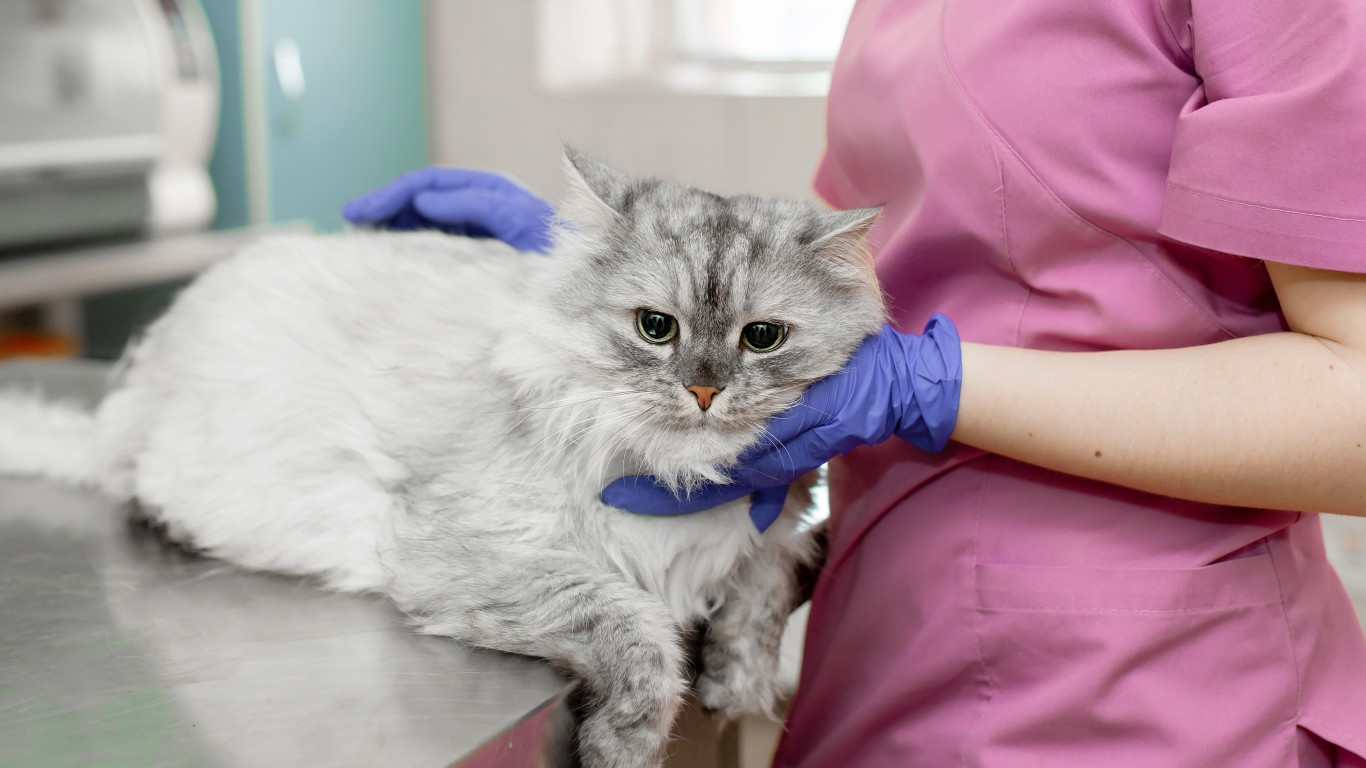
Urethral blockage
> Average cost: $1,239
[in-text-ad-2]

Seizures
> Average cost: $1,984
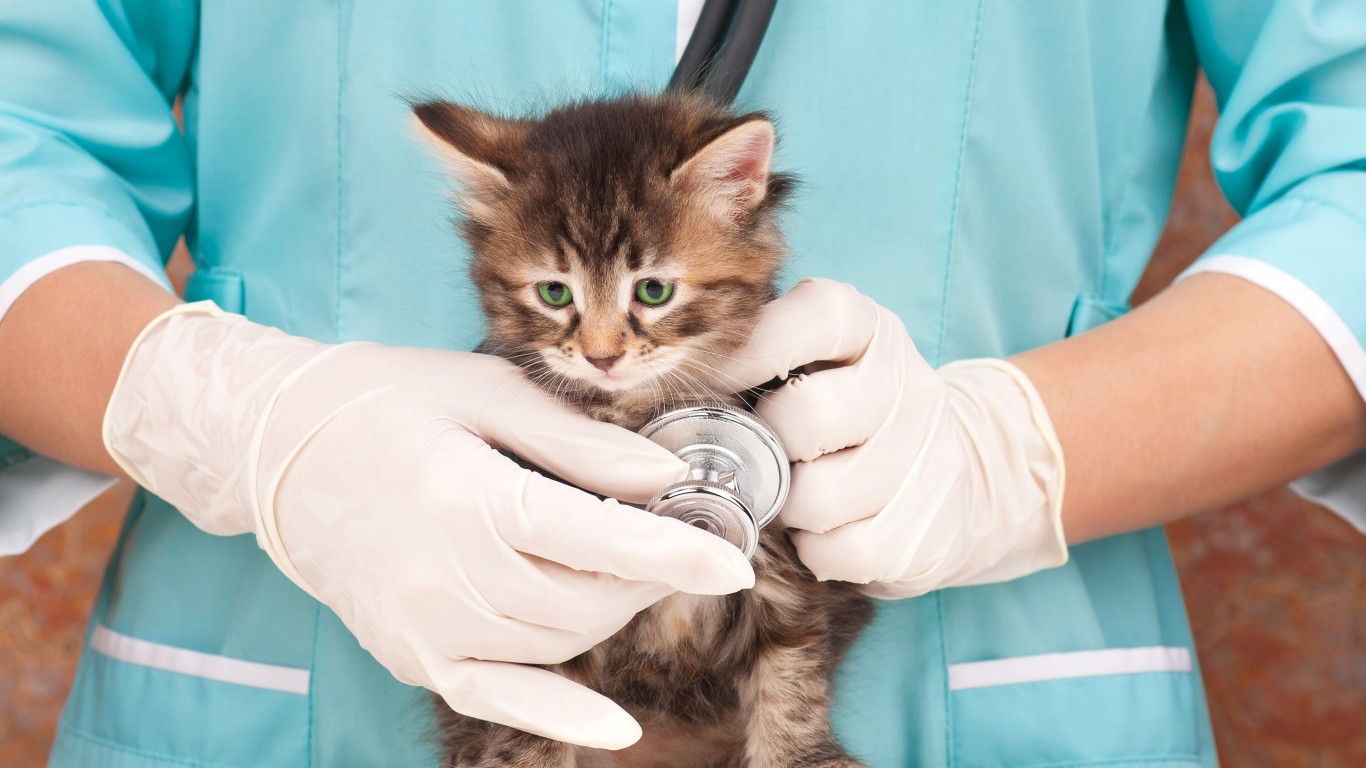
Ingested hairpin
> Average cost: $2,964
[in-text-ad]

Hit by a vehicle
> Average cost: $3,717
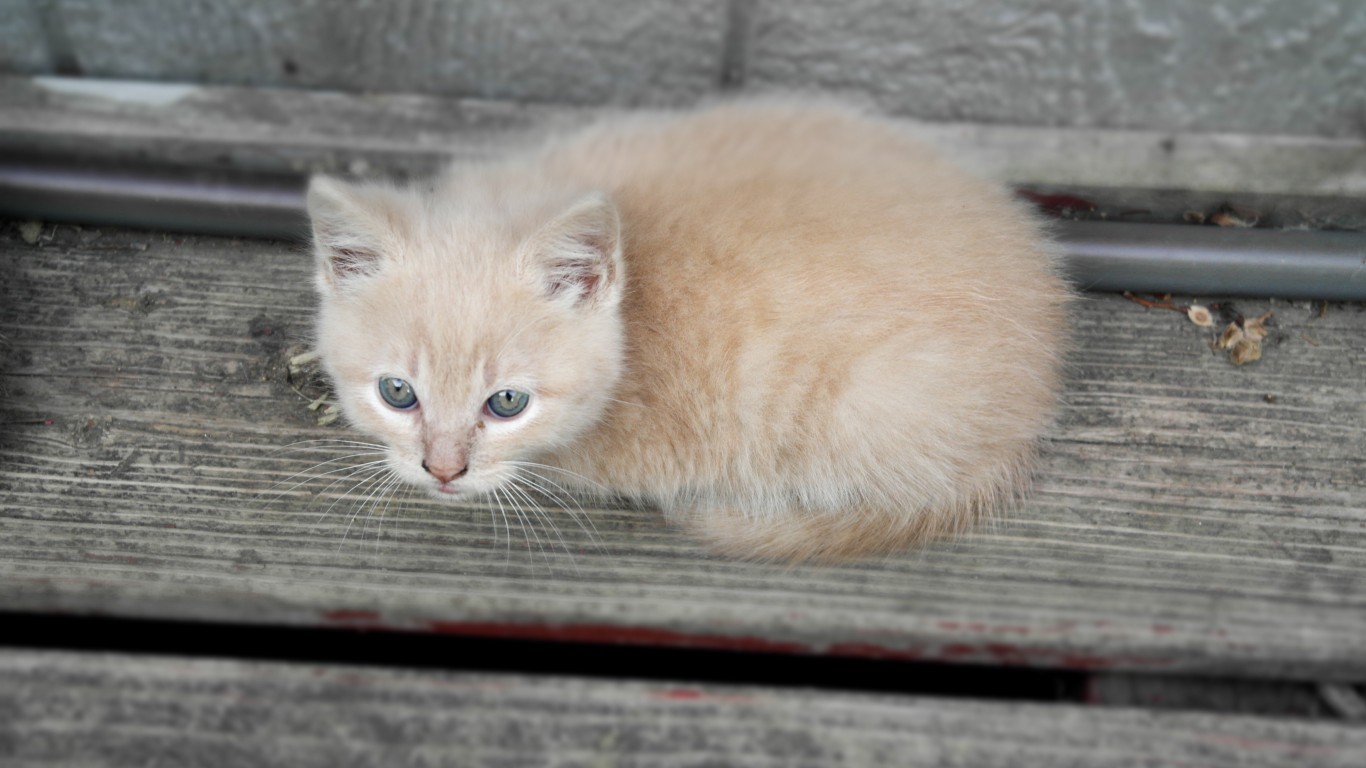
Acute liver failure
> Average cost: $5,453
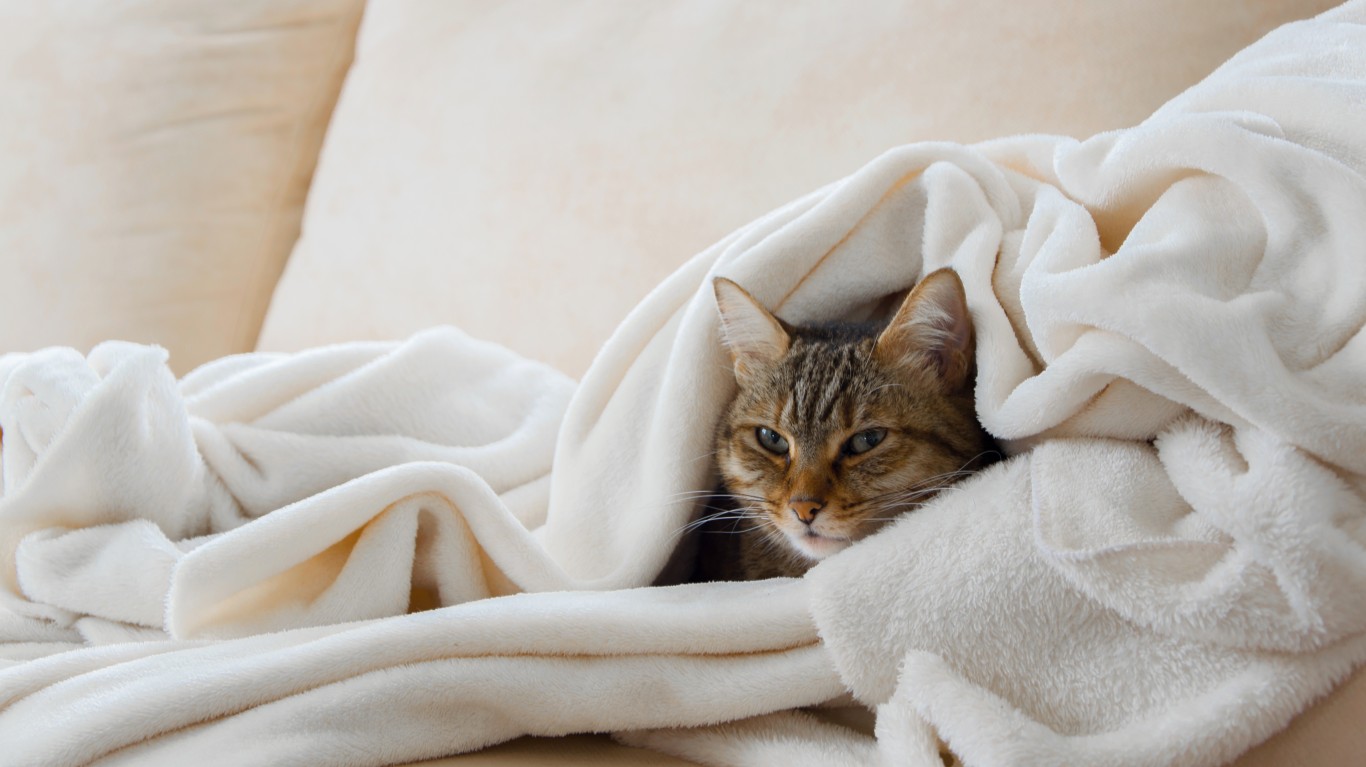
Pneumonia
> Average cost: $8,294
[in-text-ad-2]
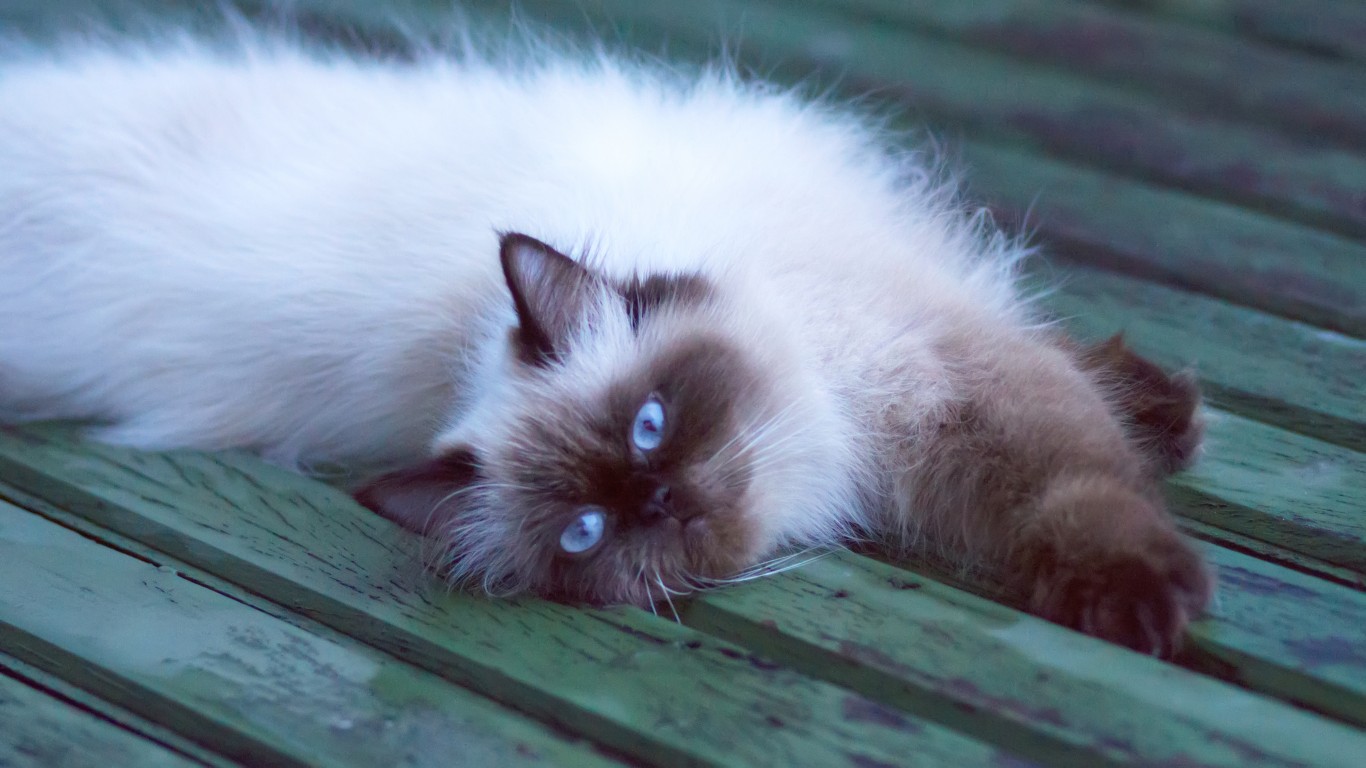
Chemotherapy
> Average cost: $5,351

Glaucoma
> Average cost: $5,805
[in-text-ad]
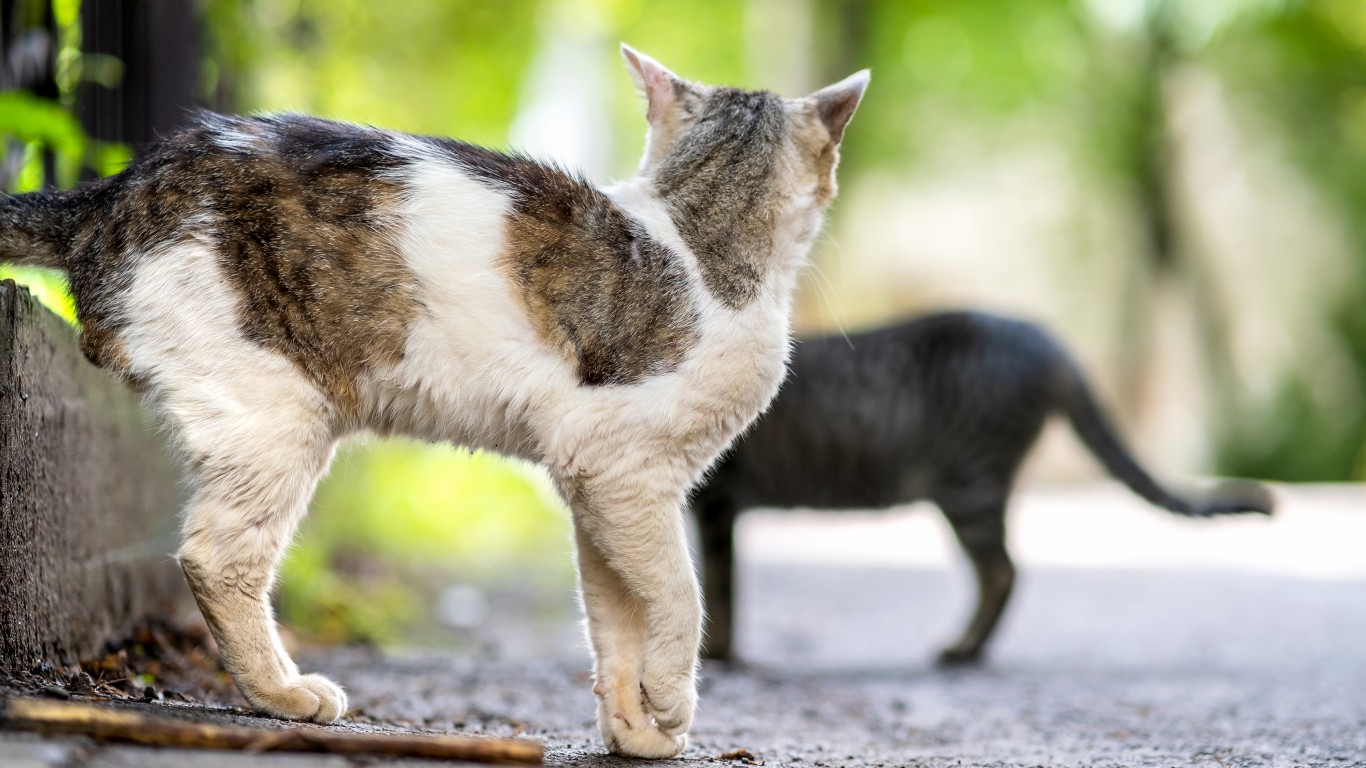
Hip dysplasia
> Average cost: $7,815

Diabetes
> Average cost: $10,496
The Average American Is Losing Momentum On Their Savings Every Day (Sponsor)
If you’re like many Americans and keep your money ‘safe’ in a checking or savings account, think again. The average yield on a savings account is a paltry .4%1 today. Checking accounts are even worse.
But there is good news. To win qualified customers, some accounts are paying more than 7x the national average. That’s an incredible way to keep your money safe and earn more at the same time. Our top pick for high yield savings accounts includes other benefits as well. You can earn a $200 bonus and up to 7X the national average with qualifying deposits. Terms apply. Member, FDIC.
Click here to see how much more you could be earning on your savings today. It takes just a few minutes to open an account to make your money work for you.
Thank you for reading! Have some feedback for us?
Contact the 24/7 Wall St. editorial team.
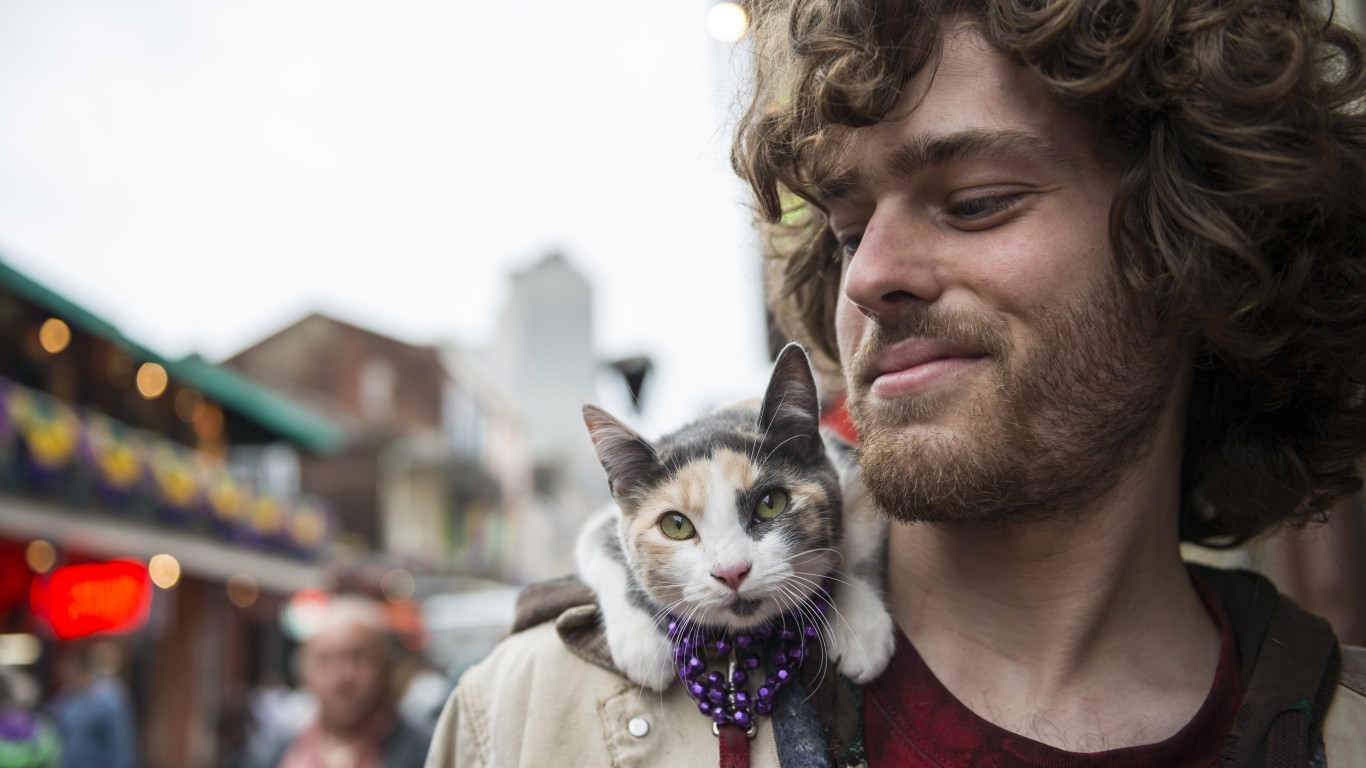 24/7 Wall St.
24/7 Wall St. 24/7 Wall St.
24/7 Wall St.


